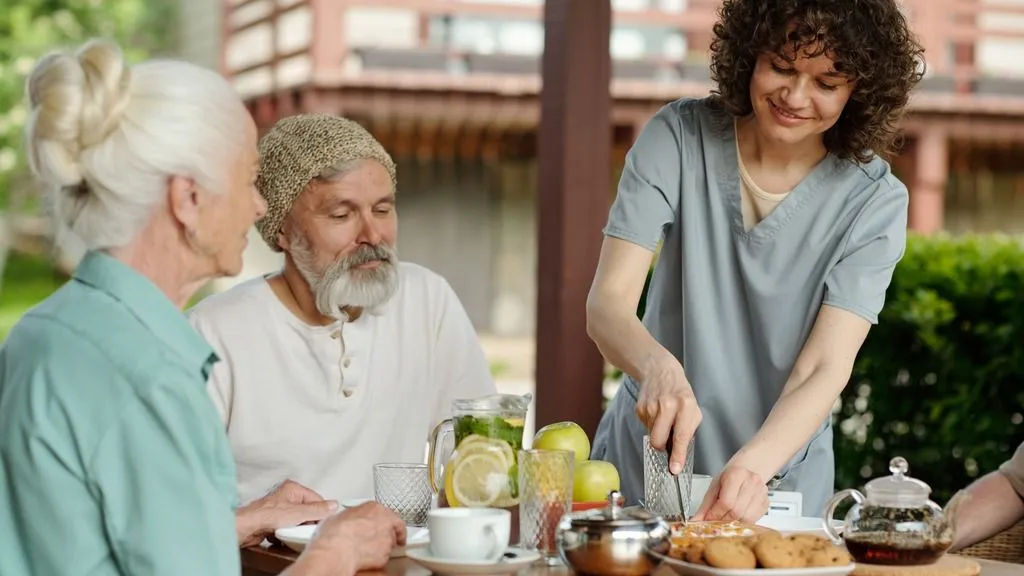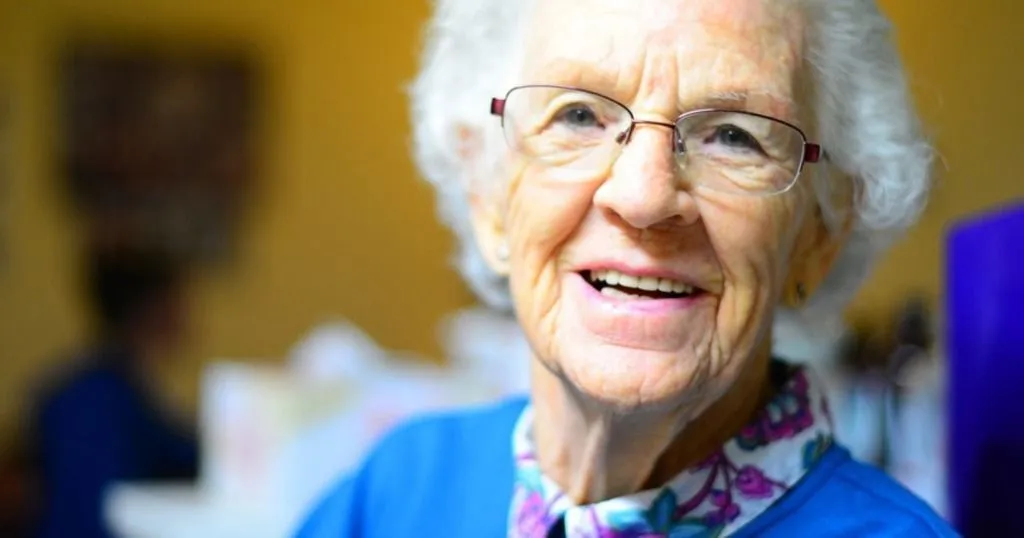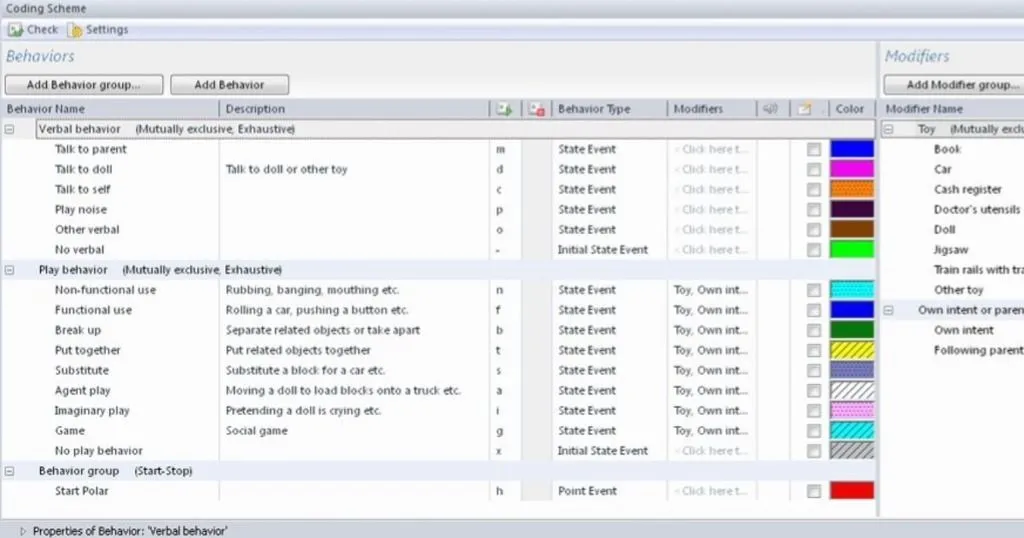Blog posts tagged with on-site research

30 Jan
human behavior research
Healthcare
Mealtime challenges in dementia: insight in difficulties
Mealtimes can be a daily struggle for people with dementia, but understanding their challenges - and the power of nonverbal communication - can make all the difference.

14 Jun
human behavior research
Human Factors
Human Factors and Ergonomics research in the spotlight
We want to set the spotlight on new developments and publications in Human Factors and Ergonomics research. From maritime simulation centers to the use of video observations in human factors research.

25 Aug
human behavior research
Education
How to observe adolescents and teachers in a classroom
Many researchers focus on classroom interaction to learn more about group dynamics, teaching behavior, and student engagement. One of the research methods used is behavioral observation.

12 Apr
human behavior research
Consumer
Top 5 Consumer behavior research on the Behavioral Research Blog
Observational research is becoming more and more popular in consumer science and market research. From on-site behavioral observations in supermarkets to advanced multimodal lab studies.

07 Jan
human behavior research
Consumer
How to build a consumer behavior research lab?
In order to get off to a good start, it is best to describe the research or tests that are going to be performed in detail.

06 Apr
human behavior research
Consumer
Four ways to study visitor behavior
Museums, zoos, theme parks, and aquariums all observe the behavior of their visitors in order to find the best ways to entertain and educate.

30 Apr
human behavior research
Psychology
Two examples of on-site observational studies with older persons
In certain cases, observations for your study are best performed on-site. In this blog, we describe examples of observational studies with older age groups, conducted at home or at a healthcare facility.

31 Jan
human behavior research
Education
7 Tips how to set up a coding scheme
The coding scheme or ethogram determines what data you collect and is, thus, an essential part of your behavioral study. Tips to set up a coding scheme (+free white paper with all 7 tips to set-up your coding scheme).

11 Jan
human behavior research
Healthcare
Evaluating the effectiveness of simulation in healthcare
Teamwork is important in many occupations but it is crucial when working under pressure. Most of us can only imagine how stressful it could be when working as a fire fighter or operating room nurse.

08 Aug
human behavior research
Psychology
Video-recording children with ASD in-home
Anne Kirby and colleagues studied sensory and repetitive behaviors among children with autism spectrum disorder (ASD). 32 children with ASD participated.